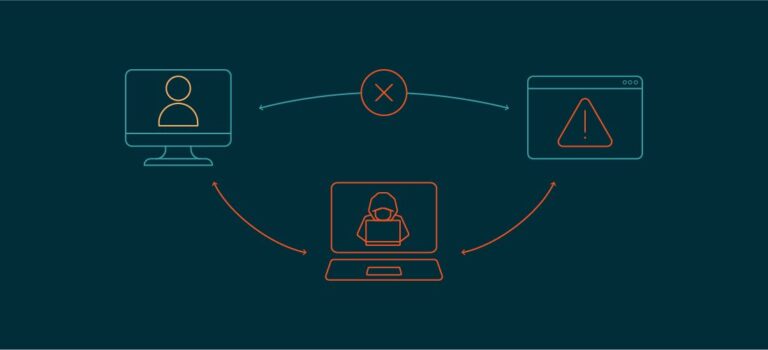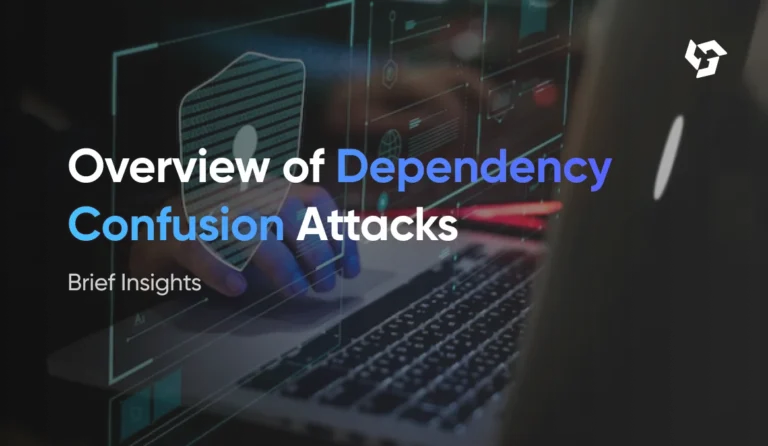Information Leakage: Why Revealing System Information Can Be Dangerous
Introduction
In the digital age, where cyber threats continue to evolve, protecting sensitive data goes beyond securing databases and encrypting communications. One often-overlooked risk is information leakage. This occurs when a system unintentionally reveals internal details that can be exploited by attackers. Even small snippets of information, such as software versions or server types, can provide hackers with the clues they need to launch successful attacks.
What is Information Leakage?
Information leakage refers to the unintentional disclosure of sensitive system details to unauthorized users. This can occur through error messages, HTTP headers, stack traces, comments in source code, directory listings, or debug information. While such information may seem harmless at a glance, it can provide attackers with the context needed to craft targeted exploits.
Common Sources of Information Leakage
- Error Messages: Detailed error messages can reveal server technologies, database structures, and application logic.
- HTTP Headers: Headers like
Server,X-Powered-By, orViacan disclose the type and version of web servers or frameworks. - Stack Traces: Displayed stack traces can reveal file paths, variable names, and code structure.
- Directory Listings: Misconfigured servers may list directory contents, exposing sensitive files.
- Comments in Code: Developers sometimes leave useful comments or debugging notes in source code visible to clients.
- Public Repositories: Code shared publicly might contain hardcoded credentials or environment settings.
Why is This a Problem?
When attackers know the specific technologies your system uses, they can:
- Search for known vulnerabilities for that version.
- Use targeted payloads that are more likely to succeed.
- Map your infrastructure for larger-scale attacks.
For example, if an attacker learns that your site is running an outdated version of Apache or WordPress, they can look up known vulnerabilities in that version and exploit them. This narrows the attack surface and increases their chance of success.
Real-World Examples
- Equifax Breach (2017): Attackers exploited a known vulnerability in Apache Struts after discovering its presence via error messages.
- GitHub Repository Exposure: Numerous incidents involve developers pushing sensitive configuration files with API keys to public GitHub repositories.
How to Prevent Information Leakage
- Disable Detailed Error Messages: Show generic error messages to users and log detailed ones internally.
- Sanitize HTTP Headers: Remove or obfuscate unnecessary headers that reveal server or framework details.
- Turn Off Directory Listings: Configure web servers to disallow directory browsing.
- Secure Source Code: Ensure production code is minified and reviewed for any comments or debug information.
- Audit Public Repositories: Regularly review code repositories for exposed secrets or environment files.
- Use Security Scanners: Employ automated tools to scan your web applications for information leaks.
- Security Headers: Implement headers like
Content-Security-Policy,X-Content-Type-Options, andStrict-Transport-Security.
Conclusion
Information leakage might seem trivial, but in the hands of a skilled attacker, it can be the key to unlocking your system’s vulnerabilities. By being aware of the sources and implications of such leaks and implementing proactive measures to mitigate them, organizations can significantly reduce their attack surface and protect sensitive assets. Security is not just about firewalls and encryption; it begins with understanding what your systems are unintentionally telling the world.
Stay safe, stay informed.






